By the 1960s, Glasgow entered a lengthy period of relative economic decline and rapid de-industrialization as a result of the growth of industry in other countries such as Japan and West Germany, leading to high unemployment, urban decay, population decline, welfare dependency and poor health for the city's inhabitants. To rebuild and regenerate the city, a huge and radical program of efforts was started in the mid-1950s and lasted into the late 1970s.
![]()
|
| Gorbals |
One of the most densely populated cities in the world in the fifties, Glasgow's population was greatly reduced following comprehensive urban renewal projects in the 1960s, which resulted in clearances of poverty-stricken inner-city areas like the Gorbals relocation of people to designated new towns, such as Cumbernauld, Livingston, East Kilbride and peripheral suburbs, followed by successive boundary changes.
On the evening of 28 March 1960, a fire started in a bonded warehouse in Cheapside Street, Anderston. The fire killed 14 fire service and 5 salvage corps personnel. The tragedy was Britain's worst peacetime fire services disaster.
These pictures of Glasgow in 1960 were taken by Allan Hailstone. For more photographs, visit his Flickr site.
![]()
|
| Buchanan Street |
![]()
|
| St. Enoch Underground station |
![]()
|
| St. Enoch Underground station |
![]()
|
| Sauchiehall Street |
![]()
|
| Cheapside Street |
![]() |
| Cheapside Street |
![]() |
| Argyle Street looking west towards Anderston Cross |
![]()
|
| Argyle Street, Glasgow city centre |
![]()
|
| Argyle Street, Glasgow city centre |
![]()
|
| Argyle Street, Glasgow city centre |
![]() |
| Argyle Street, Glasgow city centre |
![]() |
| Clyde Street with the SS Carrick and Glasgow Bridge in the background |
![]() |
| George Square |
![]() |
| Illegal betting shop |
![]() |
| Renfrew Airport |
![]() |
| Gorbals |
![]()
|
| Gorbals |
![]()
|
| Gorbals |
![]()
|
| Gorbals |
![]()
|
| Gorbals |
![]()
|
| Gorbals |








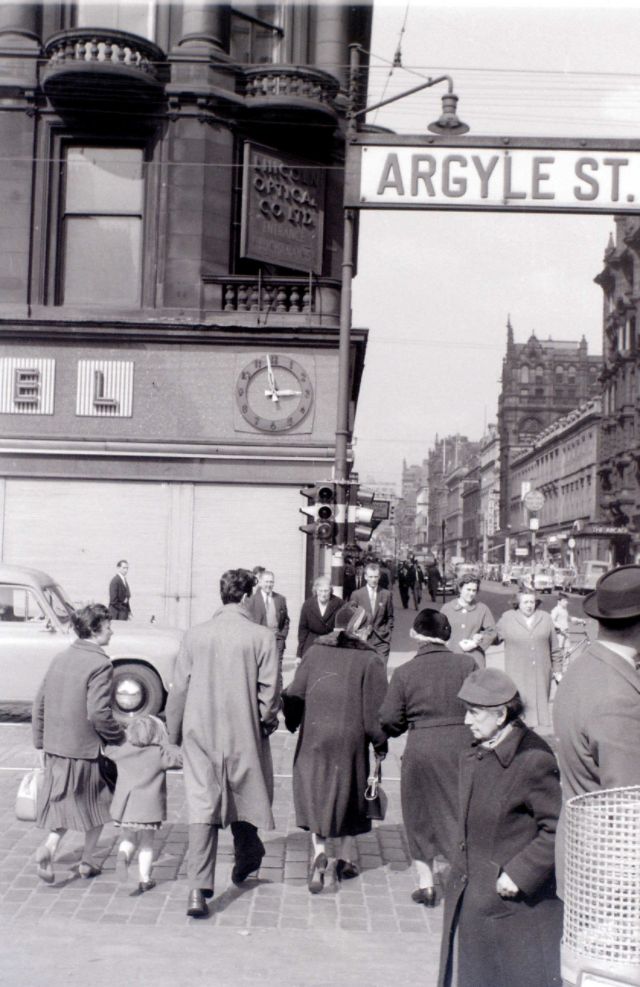
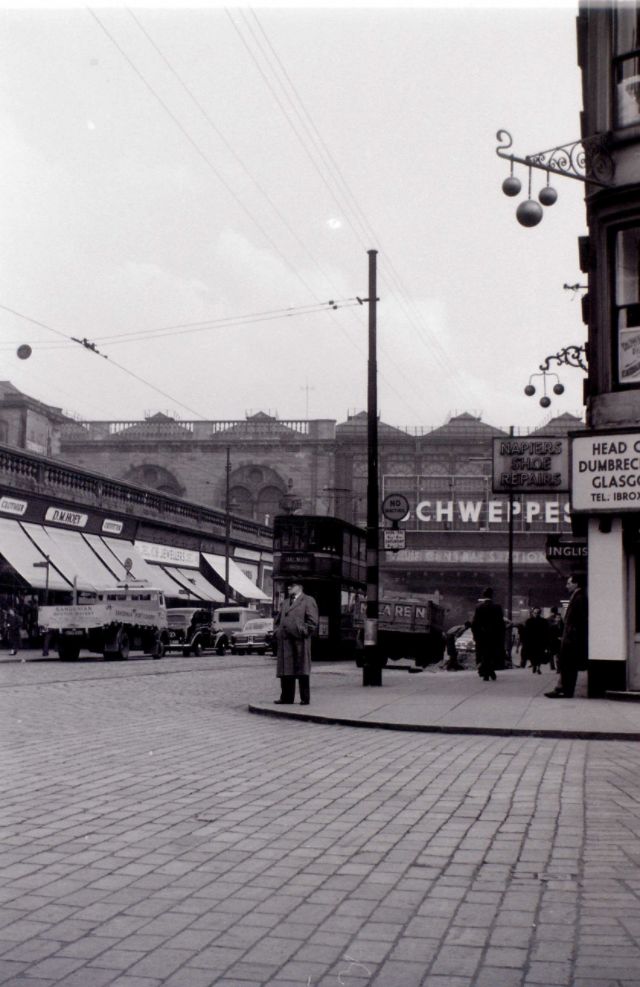










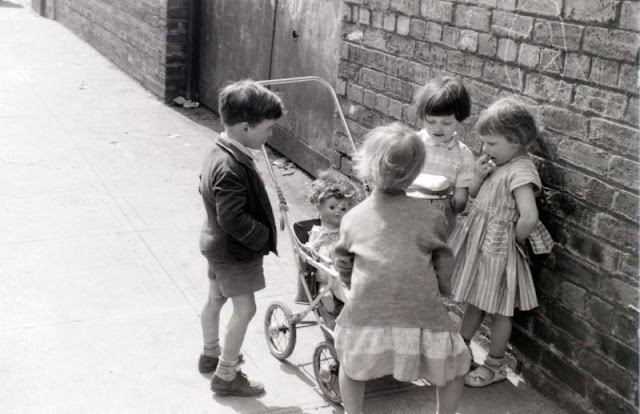

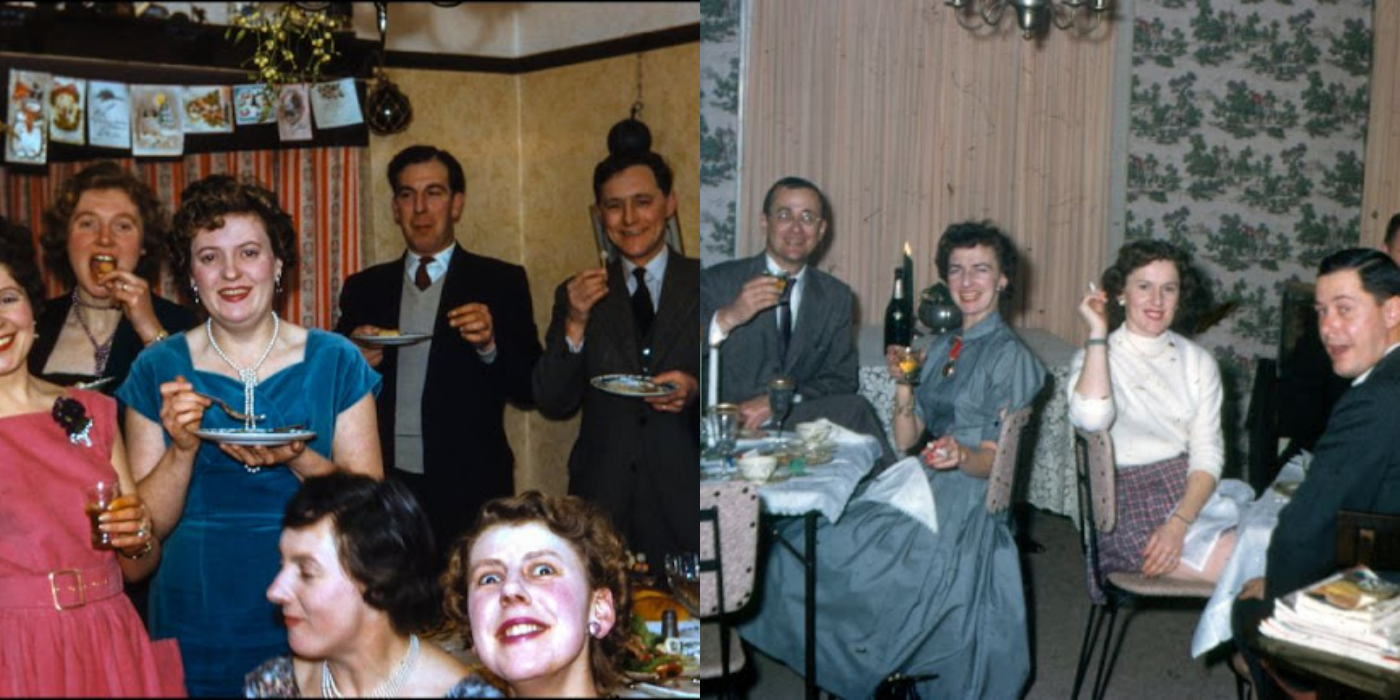
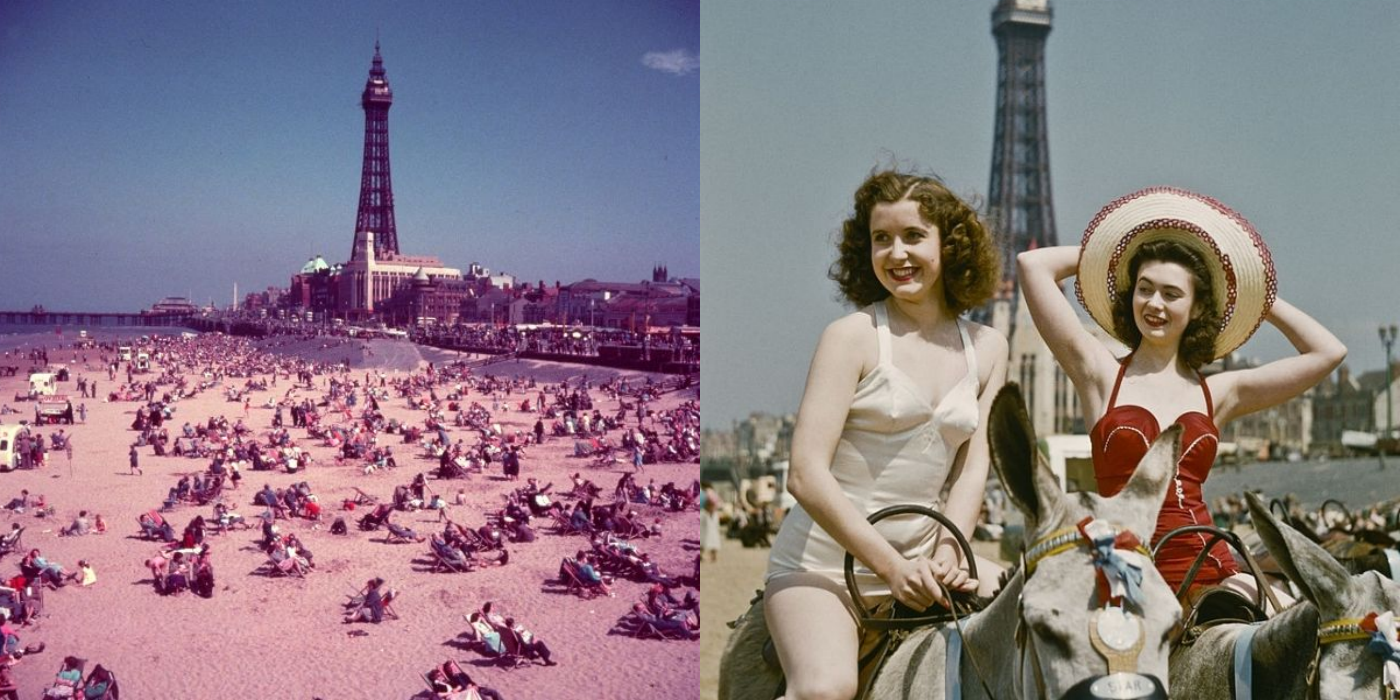
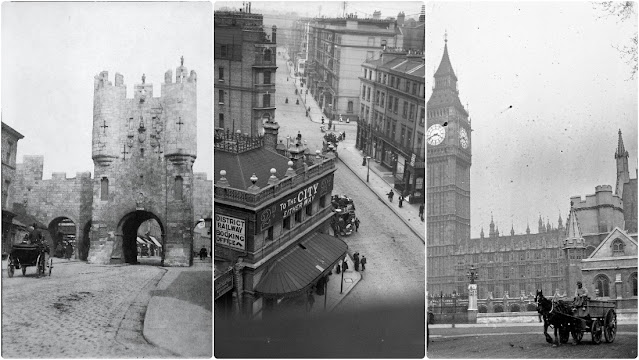
-1708851840.jpeg)